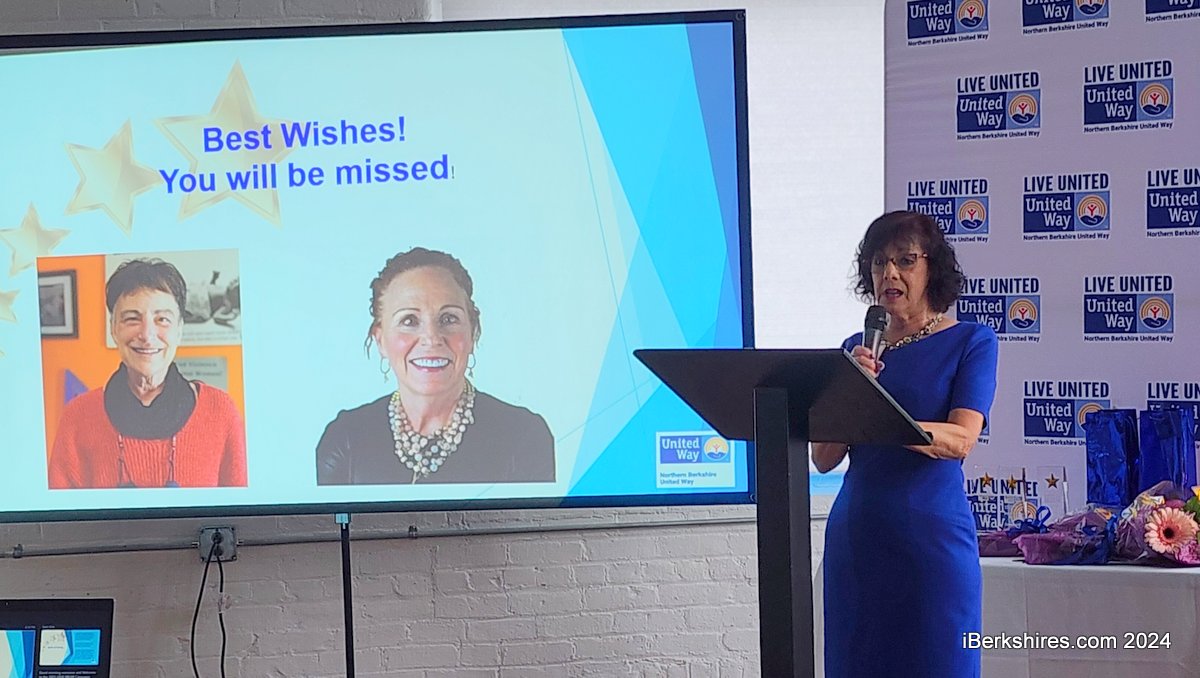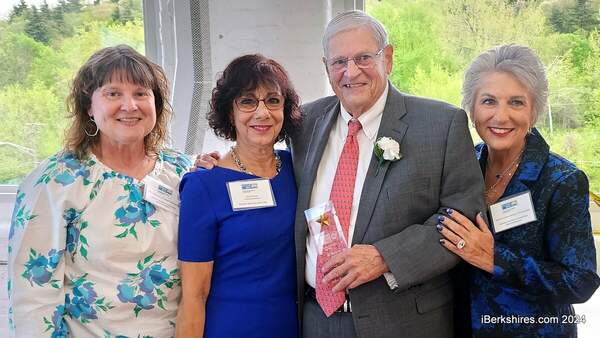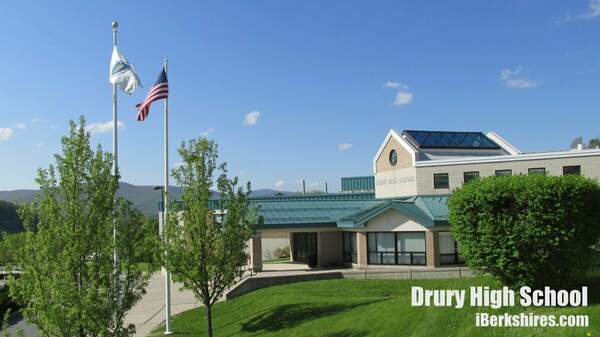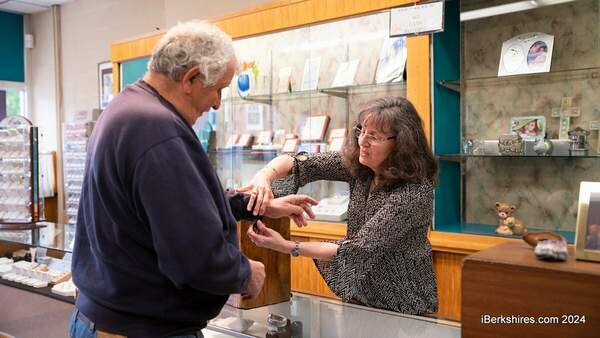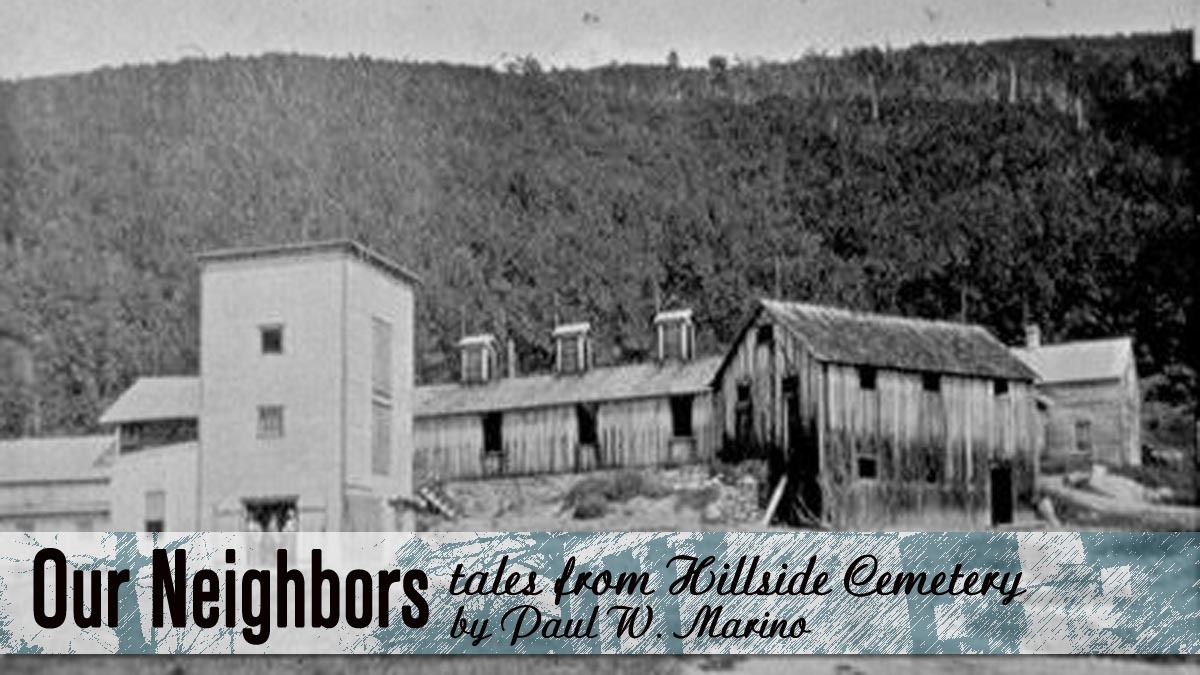
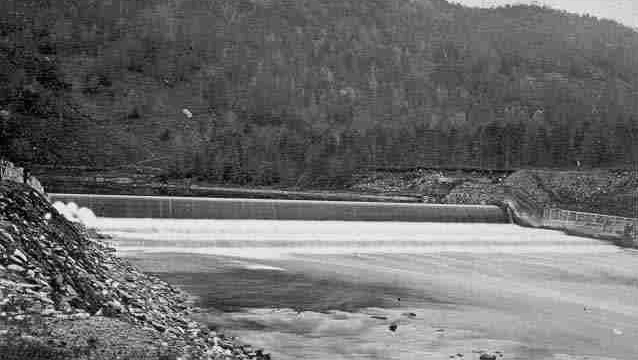
Our Neighbors: An Explosive Story
NORTH ADAMS, Mass. — This is a long and interesting story, folks, but it ends the same way another of these essays did. The person I'm going to tell you about is supposed to be buried in Hill Side Cemetery. And yet for no adequately explored reason, no one knows where he actually is.
Considering how important a person he was in his day I find it difficult to be believe his grave has been lost. So who was he? No one less than the chemist, inventor, and manufacturer professor George Mardey Mowbray.
Professor Mowbray was born and raised in England, where he studied chemistry. To be brutally honest, I don't know where the epithet "professor" comes from, unless he taught chemistry before moving to America.
During the Civil War, the professor and his wife were living in Pennsylvania, where he was using nitroglycerine to open oil wells. By the time the war ended, he was known as the greatest authority in the world on nitroglycerine. And it was in 1868 that he moved to North Adams to manufacture the stuff for the Hoosac Tunnel project.
The tunnel was in this period languishing, partly because of the lack of a steady stream of capital, but also because of a lack of a powerful enough explosive. While work was stymied at the west end because of a massive water problem, at the east end they were drilling into quartz laced with gneiss (pronounced nice). This was not at all nice, as the black powder they were using could barely crack it, let alone crumble it into easy to shovel fragments.
The answer was that most dangerous and unstable of explosives, nitroglycerine.
Nitroglycerine (called tri-nitroglycerine by Mowbray) was incredibly unstable. Early producers of it often left a lot of impurities in it that made it all the deadlier. Handled improperly, it could detonate almost at will. In fact, there's an interesting story I got from one of the professor's employees.
Nate Smith used to haul nitro overland in a wagon for the professor. On one such trip, to upstate New York, he met a man with a pair of spring wagons (that is, the wagons that were mounted on springs), who was to complete the delivery. Smith told him that one of his cans was leaking and advised him to stop at a lumber mill and pack some wood shavings around it. The man replied, "For someone who works with this stuff all the time, you seem pretty scared. Well, I'm not scared."
After making his delivery, the man was driving away. There was a huge ka-boom. One of his horses was killed. The man himself was thrown out of his wagon and landed on top of a tree. What had happened? One of the cans was, indeed, leaking. The nitro dripped through a hole in the bed of the wagon onto one of the springs. As the wagon was driving away, the spring hit the drop of nitro just right. It was only by dumb luck that the driver wasn't killed.
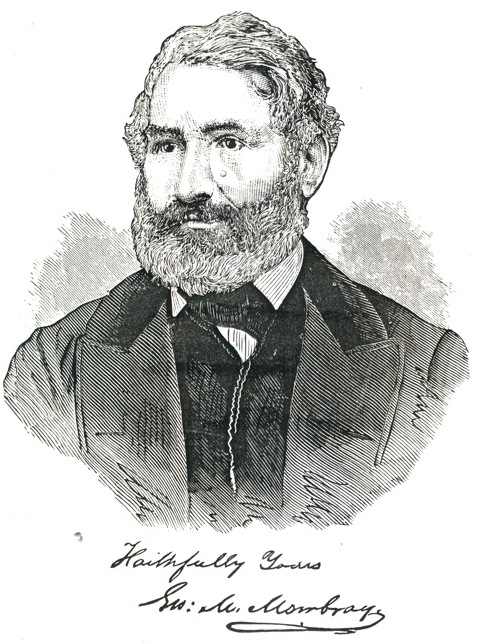
Dumb luck also features prominently in the discovery of how to transport nitro safely, though one might call it incredible luck. This is because Mowbray, the world's greatest authority on nitroglycerine, came to North Adams believing it was most stable at (brace yourself!) 90 degrees Fahrenheit!
In the 1930s, the Federal Writers Project uncovered a quaint story about this discovery, involving a man named Helton Swazey who was planning to take his girlfriend to a Christmas party up in Florida when an order came in from the East Camp for a load of nitro. Advised by the professor not to tell his girl what was in the wagon, Helton drove up the mountain, went in to the party, had a few warming drinks and got considerably warmed up. When he was good and drunk, the rough and tumble tunnel workers started teasing him, moving him to violence. He threw punches at first, then threw things until he remembered he had a wagonload of little cans just the right size for throwing. When he started throwing those, the place cleared out in seconds flat. When Mowbray arrived on the scene, he found Helton passed out among the slowly thawing cans of nitro.
While there are people today who believe this story, not a word of it is true. Nitro did not come in little cans just the right size for throwing; it came packed in large, square cans that, when full, weighed 50 pounds each. Mowbray was not the sort of man who would advise one of his drivers to take his girlfriend along and "... not tell her what's in the back of the wagon." And in his book on nitro (which you can read in the North Adams Public Library), he makes no mention of anyone named Helton Swazey.
However, he does mention a civil engineer named C.W. Granger who — in the winter of 1868-69 — took a load of carefully warmed nitro to blow up an ice jam at the Hoosac Tunnel dam. As he was going down the other side of the mountain, his sleigh skidded and flipped over, a common issue with sleighs. Finding the nitro to be frozen solid, he righted the sleigh, reloaded it and continued on his way. But at the dam, the nitro refused to detonate. They had to pour warm water over it until it thawed at least to a slush before it could be set off.
After that, it was frozen at the factory. In time, Mowbray invented a specialized railroad car for transporting nitro. It had a compartment that was filled with ice to provide refrigeration over long journeys, enabling him to ship his product as far as Ohio and Canada. Of course, this means that even after the tunnel was completed, Mowbray was still manufacturing nitroglycerin here in North Adams.
He also had a laboratory adjacent to his Union Street home, where he perfected smokeless gun powder and invented a system of detonating multiple charges of nitroglycerine by electricity. In the 1880s, he became the chief chemist of the American Zylonite Co. in Adams. Zylonite was one of the earliest plastics in the world, similar to celluloid; though while celluloid was both flammable and explosive, zylonite was merely flammable.
As a young man in England, the professor married Mary Ann Fade, who remained his wife for the rest of his life. The Mowbrays were childless; or were they? They certainly had no biological children, but their propensity for bringing children into their home says a great deal for their character. The first child they adopted was Mrs. Mowbray's nephew, Harry Siddons (aka H. Siddons Mowbray).
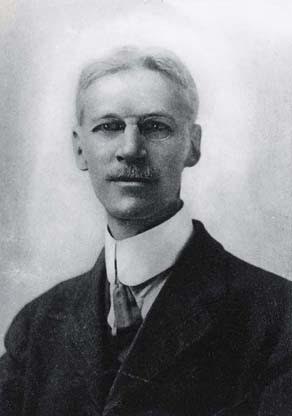
Harry was the son of a British banker, sent to Egypt to set up a branch of the bank. And it was there that the elder Siddons died unexpectedly. Despite the raging of the Civil War, Mrs. Siddons' sister was writing glowing letters of life in Pennsylvania, so she took her 1-year-old son and emigrated to America. When Harry was 5 years old, his mother took him to New York City, where she died tragically. It was cold in their hotel room and she was pouring a can of oil into the oil stove that provided heat; the can exploded in her hand, burning her to death.
When word got back to the Mowbrays, they adopted their nephew at once. It's interesting to note that when Harry wrote his autobiography (published in 1928) he refers to professor Mowbray as "my uncle" until the point where he is adopted. From that point, he refers to the professor as "my father." The two were very close and when young Henry decided to become an artist — he achieved international fame as a muralist — he was nervous about telling his father. He knew the professor intended him to take over the Mowbray business enterprises. He was pleasantly surprised and relieved to learn the professor was thrilled with his choice of career.
At least two other children lived in the Mowbray home, at least temporarily, and again through tragedy. As frequently happened with such enterprises, the Mowbray Nitroglycerine Works blew up from time to time. In one such explosion, one of Mowbray's employees was killed, leaving a son and a daughter who were adopted at once. The daughter, about 12 years old, did not stay long; but the boy, about 9, lived there for some years, happy to look upon the Mowbrays as his family.
The professor died in his Union Street home in the summer of 1891 and is alleged to have been buried in Hill Side Cemetery. But like the Doctors Brown, his exact whereabouts are unknown today.
Paul W. Marino is local historian. This series is an attempt to help us get to know a particular community of neighbors, without whose vision and efforts this city would not exist. These neighbors are the residents of Hillside Cemetery. As part of our effort to restore and maintain this, the city’s oldest municipal cemetery, we hope to generate interest, funding and volunteer labor in an effort to restore it. This work is an important step in maintaining our city's heritage and civic pride. But more than this, it's a way in which we can help our neighbors; neighbors who laid the foundations of North Adams and paved the way for us.
Tags: hillside cemetery, historical figure, Hoosac Tunnel, our neighbors,

